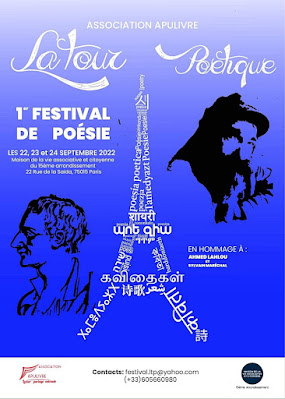To my surprise Donal called out after him, “Just for the record, mate, you lot most definitely stole the World Cup.”That exchange from Chapter 14 of Searching for Cunégonde is about the first time Argentina won the World Cup in 1978. It is between Dallas Green’s English friend Donal and Alberto, one of a number of people the pair encounter in Dallas’s quest to find his long-lost friend Antonio. As they anticipate the next World Cup, Alberto tells Donal to watch out for an up-and-coming player named Maradona. Of course, Alberto has the full benefit of this author’s hindsight, but in fairness the young Maradona’s promise would have been apparent to most Argentine sports fans.
He stopped in his tracks and turned to face us.
“The cast on van de Kerkhof’s wrist was completely illegal,” he said with annoyance.
“Bollocks. You were stalling for time. You were doing anything you could to throw the Dutch off. You had your own referees, and they were so one-sided it was a bloody joke.”
“What the hell are you two talking about?” I asked.
“The 1978 World Cup. It was here in Argentina, and they bloody well stole it.”
That promise would be borne out eight years later in Mexico when Argentina won its second world soccer championship thanks to Diego Maradona and his “Hand of God” goal and his “Goal of the Century.” I reflected on that two years ago when Maradona died suddenly at the age of 60.
For Argentina’s third World Cup trophy, it would have to wait until, well, yesterday. This time the World Cup was held (somewhat controversially) in Qatar, and it was Lionel Messi (born the year after Argentina’s previous most recent championship win) who led his country to victory in a knuckle-biting match with penalty shoot-out for the ages. I would like to think that, somewhere out there Alberto and Donal are still around and were watching like 14.9 million other viewers. Alberto would, of course, be crazy with joy over the triumph of his team, called la Albiceleste for its colors. Donal would be disappointed that England’s team (called the Three Lions for its insignia) crashed out at the quarter-final stage. Perhaps, though, he would take some consolation that his team did pick up the tournament’s Fair Play Award.
In other life-sort-of-almost-imitates-art news, Chile’s Láscar volcano rumbled back to life a bit more than a week ago. That wasn’t a complete surprise, as it is one of the most active volcanoes in the northern Chilean Andes. It is 38 miles from the Licanabur volcano, which isn’t believed to have been active for the past thousand years—and as far as I know still isn’t.
As readers of Last of the Tuath Dé will know, the interior of Licanabur is where the Grisial was created and is the the weakest point between our world and Tír nAill, otherwise know as the Otherworld and home of the Old Ones.
Speaking of Last of the Tuath Dé and Searching for Cunégonde, as well as my other novels, if you are stuck for gift ideas with only a few shopping days left until Christmas, books definitely make nifty presents.
Happy Holidays!















